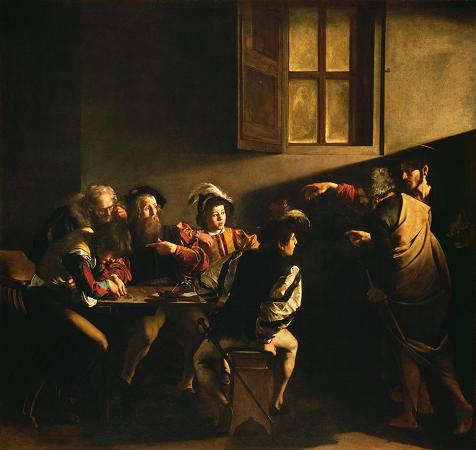Diego Velazquez (1599 - 1660). Diego Rodríguez de Silva y Velázquez was a Spanish painter, the leading artist in the court of King Philip IV, and one of the most important painters of the Spanish Golden Age. He was an individualistic artist of the contemporary Baroque period. He began to paint in a precise tenebrist style, later developing a freer manner characterized by bold brushwork. In addition to numerous renditions of scenes of historical and cultural significance, he painted scores of portraits of the Spanish royal family and commoners, culminating in his masterpiece Las Meninas. Velázquez's artwork became a model for 19th century realist and impressionist painters. Since then, famous modern artists, including Pablo Picasso, Salvador Dalí and Francis Bacon, have paid tribute to Velázquez by recreating several of his most famous works. Velázquez was born in Seville, Spain, the first child of João Rodrigues de Silva, a notary, and Jerónima Velázquez. He was baptized at the church of St. Peter in Seville on Sunday, June 6, 1599. The baptism most likely occurred a few days or weeks after his birth. His paternal grandparents, Diogo da Silva and Maria Rodrigues, were Portuguese and had moved to Seville decades earlier. When Velázquez was offered knighthood in 1658 he claimed descent from the lesser nobility in order to qualify; in fact, however, his grandparents were tradespeople, and possibly Jewish conversos. As was customary in Andalusia, Velázquez usually used his mother's surname. Raised in modest circumstances, he showed an early gift for art, and was apprenticed to Francisco Pacheco, an artist and teacher in Seville. An early-18th-century biographer, Antonio Palomino, said Velázquez studied for a short time under Francisco de Herrera before beginning his apprenticeship under Pacheco, but this is undocumented. A contract signed on September 17, 1611, formalized a six-year apprenticeship with Pacheco backdated to December 1610, and it has been suggested that Herrera may have substituted for a traveling Pacheco between December 1610 and September 1611. Though considered a dull and undistinguished painter, Pacheco sometimes expressed a simple, direct realism although his work remained essentially Mannerist. As a teacher, he was highly learned and encouraged his students' intellectual development. In Pacheco's school Velázquez studied the classics, was trained in proportion and perspective, and witnessed the trends in the literary and artistic circles of Seville. On April 23, 1618, Velázquez married Juana Pacheco, the daughter of his teacher. She had two daughters. The elder, Francisca de Silva Velázquez y Pacheco, married painter Juan Bautista Martínez del Mazo at the Church of Santiago in Madrid on August 21, 1633; the younger, Ignacia de Silva Velázquez y Pacheco, born in 1621, died in infancy. Velázquez's earliest works are bodegones, He was one of the first Spanish artists to paint such scenes, and his Old Woman Frying Eggs demonstrates the young artist's unusual skill in realistic depiction. The realism and dramatic lighting of this work may have been influenced by Caravaggio's work—which Velázquez could have seen second-hand, in copies—and by the polychrome sculpture in Sevillian churches. Two of his bodegones, Kitchen Scene with Christ in the House of Martha and Kitchen Scene with Christ at Emmaus, feature religious scenes in the background, painted in a way that creates ambiguity as to whether the religious scene is a painting on the wall, a representation of the thoughts of the kitchen maid in the foreground, or an actual incident seen through a window. The Virgin of the Immaculate Conception follows a formula used by Pacheco, but replaces the idealized facial type and smoothly finished surfaces of his teacher with the face of a local girl and varied brushwork. His other religious works include The Adoration of the Magi and Saint John the Evangelist on the Island of Patmos, both of which begin to express his more pointed and careful realism. Also from this period are the portrait of Sor Jerónima de la Fuente; Velázquez's first full-length portrait; and the genre The Water Seller of Seville. The Water Seller of Seville has been termed the peak of Velázquez's bodegones and is admired for its virtuoso rendering of volumes and textures as well as for its enigmatic gravitas.
more...














